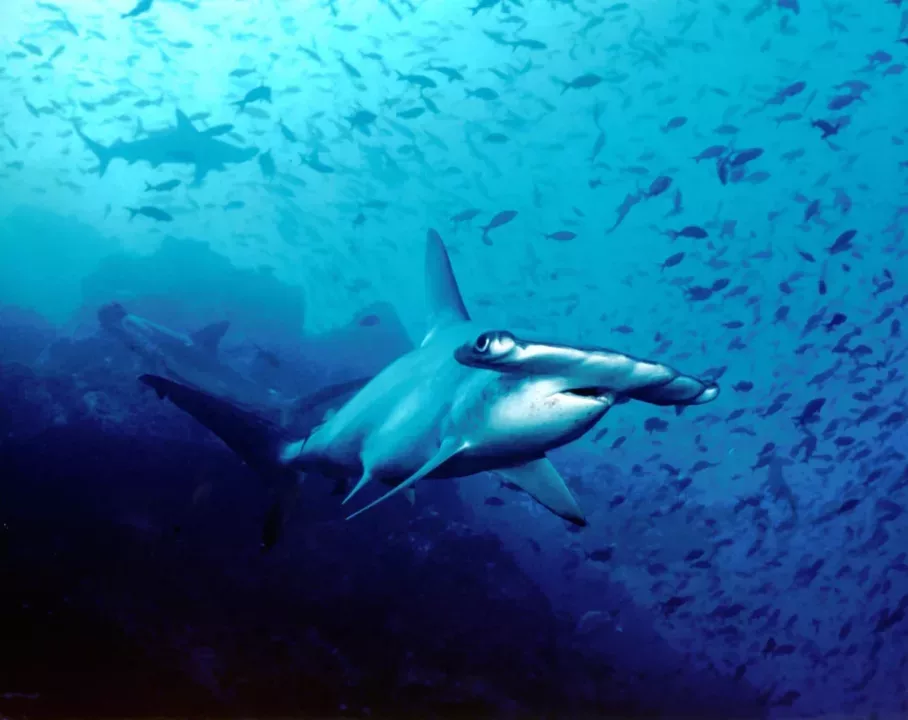Bonn, Germany, 11 June 2014 – Some of the world’s most endangered species, many of them migratory, are facing unprecedented threats from climate change, habitat destruction to overexploitation and pollution which has led to a number of new listing proposals for consideration at CMS COP 11 – a key international wildlife conference scheduled to take place 4-9 November 2014 in Quito, Ecuador.
The United Nations Environment Programme (UNEP) administered Convention on the Conservation of Migratory Species of Wild Animals (also known as CMS or the “Bonn Convention”) is the only global convention protecting species that move across international boundaries. Every three years it holds an international meeting of all its members – the Conference of the Parties (COP) – to agree on internationally coordinated conservation measures for the world’s migratory species and to decide which species should be protected under its two Appendices. The deadline for listing proposals for CMS COP11 was 6 June and a total of 32 species have been proposed for listing into Appendix I which requires strict protection and Appendix II which requires coordinated management by the countries in which the species migrate.
Among the listing proposals received from countries for CMS COP11 are a large number of shark and ray species including two types of Hammerhead shark, the Silky shark, three species of thresher sharks, the Reef Manta Ray along with nine Mobula Ray species. In addition, five species of sawfishes, some of which are critically endangered, have been proposed for listing.
“One of the clear messages indicated by the listing proposals is that CMS Parties deem the plight of sharks to be so serious that they proposed over twenty species of sharks and rays for listing. It might also be seen as a vote of confidence in CMS as a forum in which to advance the global conservation of sharks, but also for an increasing number of other threatened migratory species of wild animals”, said Bradnee Chambers, Executive Secretary of CMS.
Other species put forward by individual CMS Parties for consideration by CMS COP11 include the Polar Bear which is under major threat from climate change and the African Lion which has seen a 30 per cent decrease in population over the last two decades as a result of habitat loss and other man-made threats as well as the European Eel which is threatened by overfishing and dams.
Other issues that will be discussed at CMS COP11 in Quito later this year include the illegal hunting of elephants, which are being driven to the brink of extinction as on average a hundred animals are being poached every day. This is also a topic that will be high on the agenda of the first ever United Nations Environmental Assembly (UNEA) later this month and which has also been the subject of a number of major Heads of State summits recently. Other issues affecting migratory species that will be discussed at CMS COP11 in November include climate change, marine debris, the effects of renewable energy installations on migratory species and illegal bird trapping.
The Chair of the CMS Standing Committee, Professor Alfred Oteng-Yeboah of Ghana commented “The CMS COP comes in the middle of a busy period in the international environmental calendar. The Convention on Biological Diversity is holding its COP the month before in Korea and the IUCN World Parks Congress takes place in Sydney shortly afterwards. It will be the first time in the 35-year existence of CMS that the COP has taken place in the Americas. We are expecting the Conference to attract leading decision-makers from a wide range of governments, international organizations and civil society”.
Species covered by CMS are extremely diverse, ranging from the Blue Whale and the African Elephant through gazelles, sea turtles, sharks, a variety of birds from albatrosses, birds of prey, waterbirds and songbirds, to the Monarch Butterfly.
By signing the Convention, the 120 Parties to CMS recognize that these wild animals in their innumerable forms are an irreplaceable part of the Earth’s natural system which must be conserved for the good of mankind.
Credit: Manta Ray (Manta alfredi) © Bartek Cieslak
